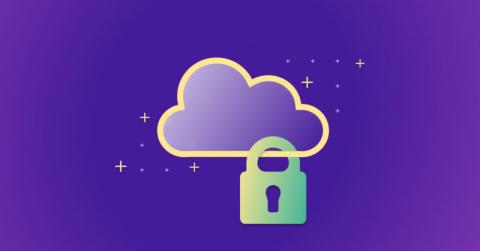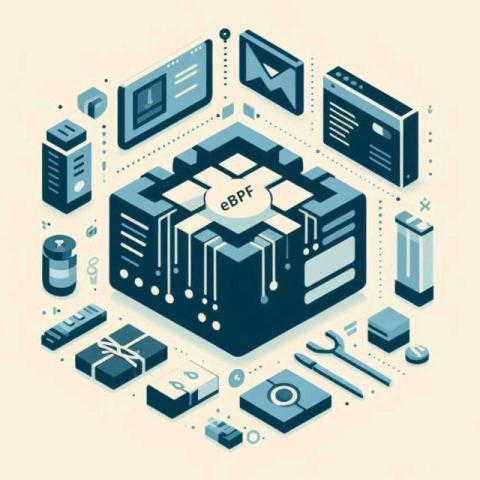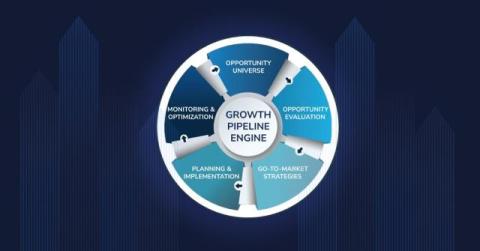How ASPM boosts visibility to manage application risk
How often are you surprised by a threat or vulnerability from a software asset you never knew existed? For many companies, the answer is, “More often than we’d like.” This is because you can’t protect what you can’t see. Full visibility across the entire software supply chain is a must for AppSec teams, but this comprehensive view across the attack surface can be elusive.











